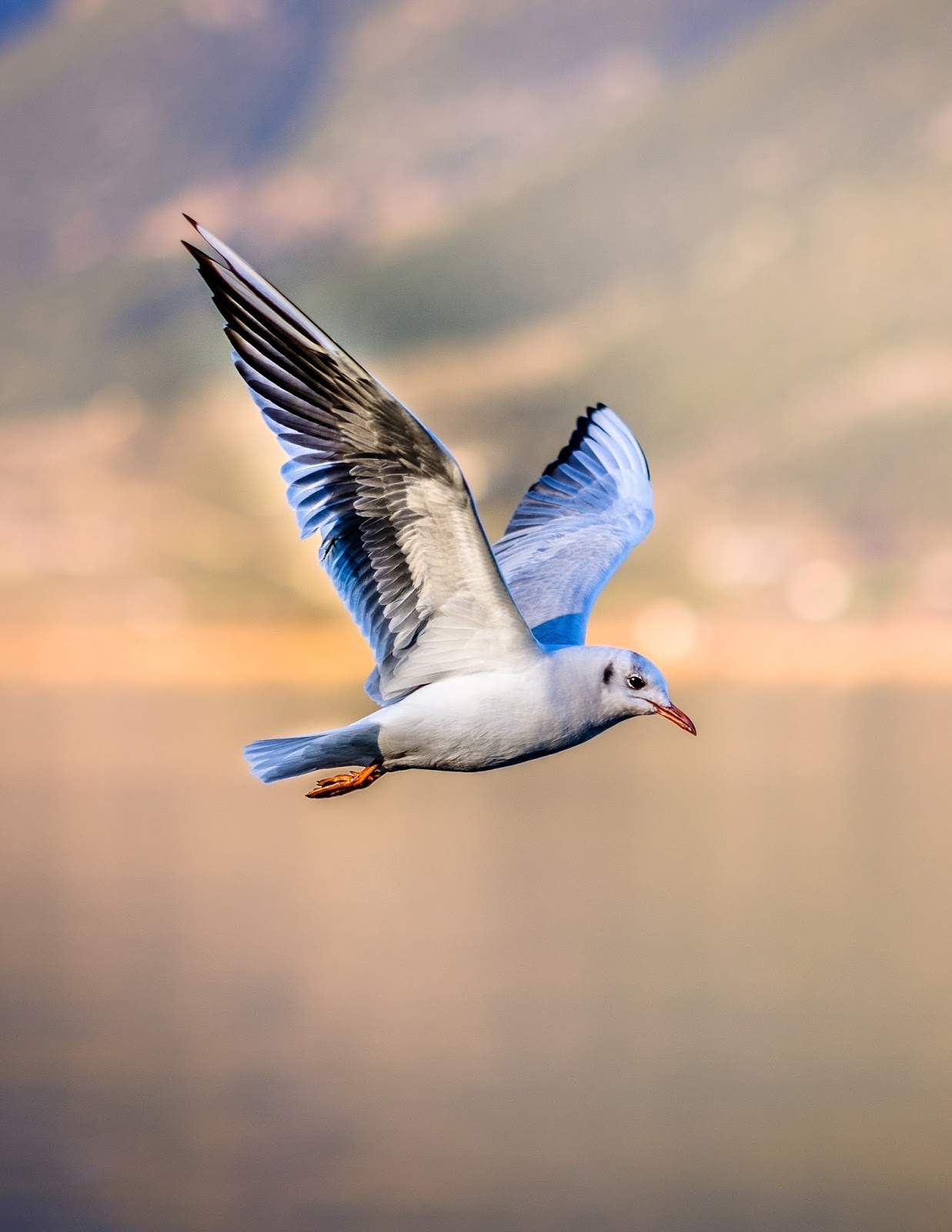
High-energy activity burns up oxygen very quickly.
A human makes up his oxygen deficiency by breathing deeper and faster.
At high altitudes a human has to slow down and rest frequently to give his system time to make up his blood oxygen level.
Just imagine if a bird suffered the same effects while flying!
But the respiratory system of the bird saves him this embarrassment so that even if you encounter him at 20,000 feet (6,100 m), he shows no sign of difficulty.
His eyes do not bulge, his face is not pale and he is not even puffing.
How does he do it?
Bird lungs and respiratory system
Birds lungs absorbs oxygen much more efficiently.
Human lungs are bags or bellows that fill and empty.
Not so with birds’ lungs. They are unique.
Air goes into the lung, as normal, through the front end.
But then the air passes right on through the lung and out into various thin-walled air sacs, which are located in the chest and abdominal cavity.
Back in 1758 a man named John Hunter discovered something truly surprising.
He found that a bird with a blocked windpipe and a broken wing bone could still breathe.
How was this possible?
The bones of birds do not contain marrow; they are hollow, containing air.
The hollow air spaces in the bones are connected to the air sacs, which, in turn, are connected to the lungs.
So when the bird’s windpipe was closed, the air passed to and from the lungs by means of the broken, hollow wing bone.
Built into the bird’s respiration equipment is a system known as counter-current flow.
It enables the bird to extract oxygen from the air quickly and efficiently by means of a very simple principle.
In the bird’s lung, air and blood approach each other from opposite directions.
As the air flows through the lung, it gives up more and more oxygen to the blood, and the blood can continuously take up more and more oxygen.
In other words, the “thirsty” venous blood first reaches air that is already deficient in oxygen and that has, as it were, only a few “droplets” of oxygen left in it.
The “thirsty” blood soaks it up and passes on to the “wetter” air, in which there is more oxygen.
By now the blood is not so “thirsty,” so it soaks up less and less oxygen.
The end result of this remarkable process is the extremely efficient extraction of oxygen from the air.
And that is precisely what the bird needs in order to fly at high altitudes!










